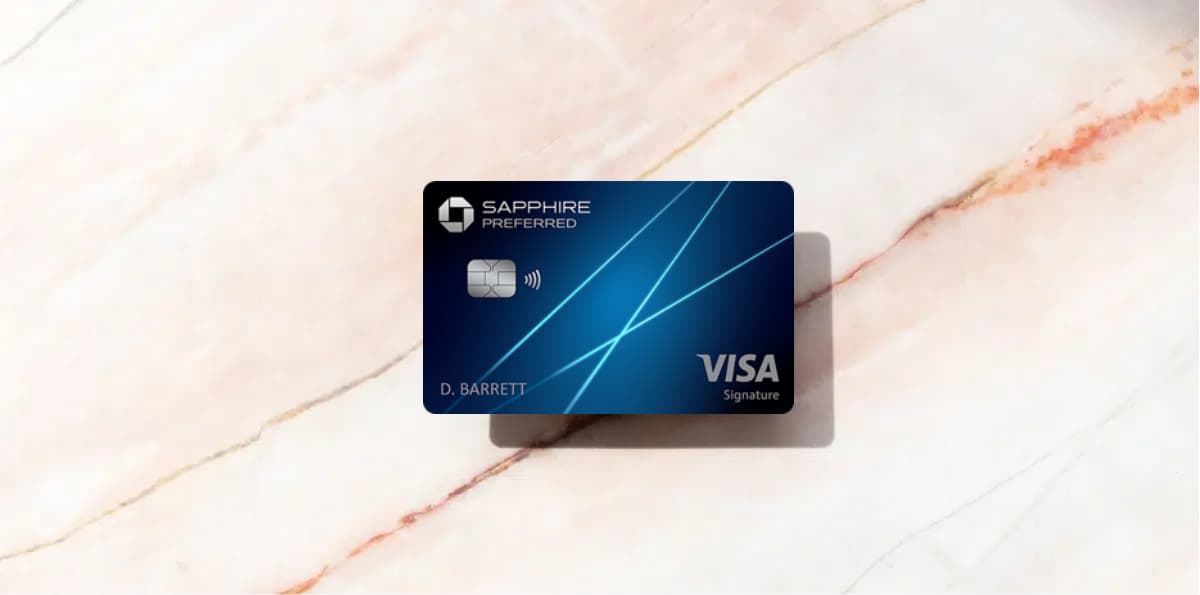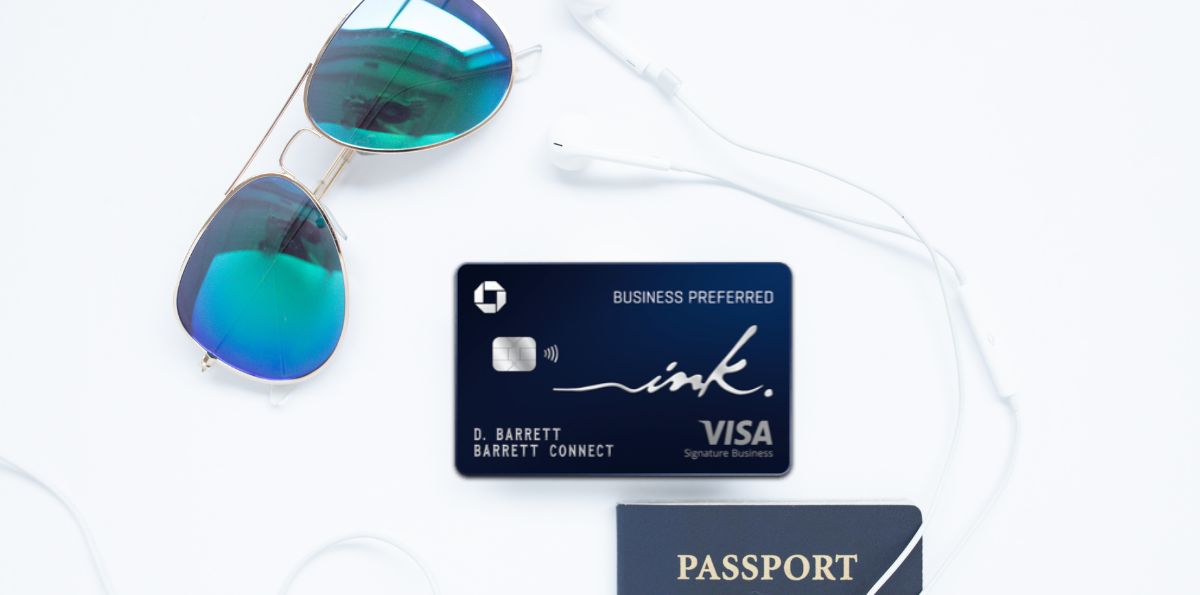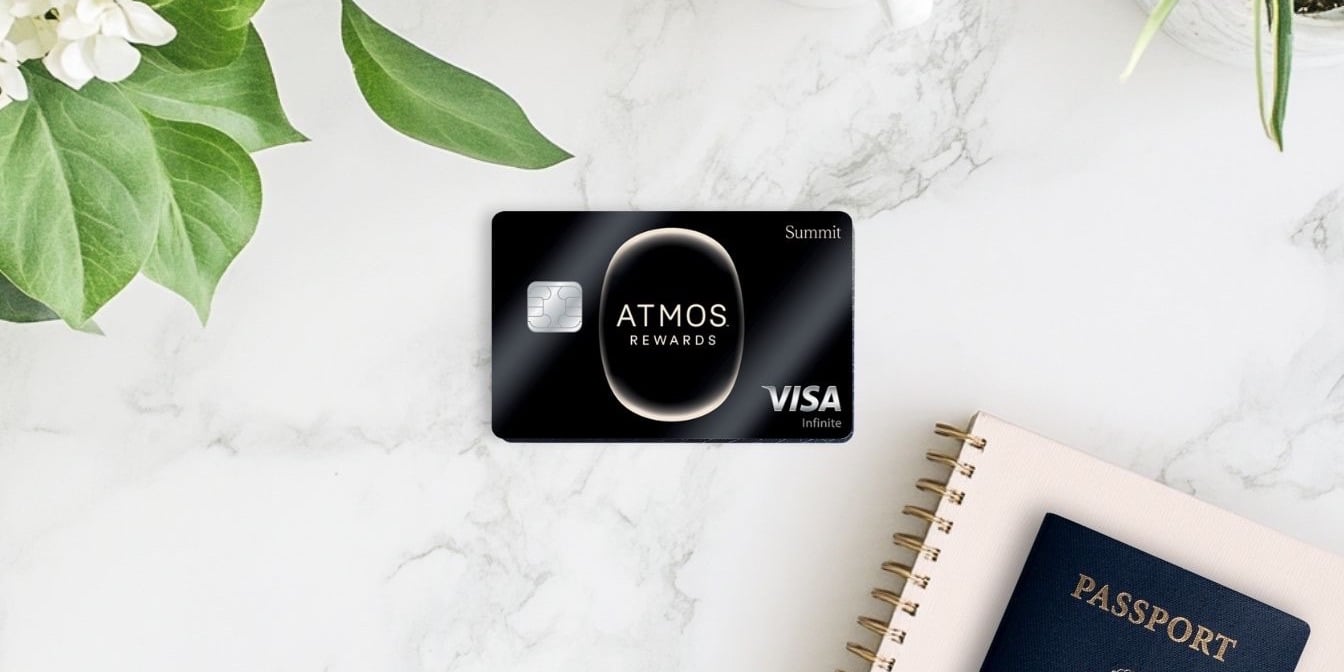Editor's Note: American Express Platinum Card® was “refreshed” on Sept. 18, when the current annual_fees annual fee (see rates & fees) went into effect.
Like rare animals in the wild, some travel credit cards seem almost too good to be true. They might not be around much longer – at least not in their current form.
With generous perks like lounge access, strong bonus categories, and a growing list of travel and lifestyle credits, these cards deliver far more value than their annual fees suggest – that can’t last forever. And, unfortunately for all of us, change is in the air: In just the last few months, many of the big banks have reworked their cards (and raised fees).
More are on the way.
Take the *chase sapphire preferred*, a longtime sweet spot in the travel rewards world: Just $95 a year for solid travel perks and welcome offers that have climbed as high as 100,000 points. But after Chase overhauled its premium *chase sapphire reserve* with new benefits and a hefty $795 price tag, it feels like the clock is ticking.
But it's not just Chase. From American Express to Capital One and Citi, a wave of price increases could be on the horizon for many of the most popular travel cards. Here are the cards highest on our endangered species list.
Cards Destined for a Higher Annual Fee
While this isn't a comprehensive list of every travel card that's in line for a fee hike – let's be honest, annual fees only go one direction – it is a solid roundup of the cards we think are most at risk.
From premium cards like *amex platinum* to small business cards like the *chase ink preferred*, these are the ones we think will soon cost you more to have and to hold. If you've been on the fence about applying, it could pay to pick one of these cards up now (locking in a lower annual fee for the first year) and ask questions later.
Without further ado, here's our list of endangered cards, ranked in order of urgency.
1. American Express Platinum Card®
This one feels a bit like cheating: It's pretty much a foregone conclusion that the Amex Platinum will come with a higher annual fee when the bank “refreshes” it later this fall. Same with the *biz platinum*, too.
With a current annual fee of annual_fees (see rates & fees), it's not exactly cheap by any stretch of the imagination … but it's about to get more expensive. Just how expensive? That's the million thousand dollar question.
There's speculation it could settle in at $895 – not so coincidentally, $100 more per year than the recently refreshed Chase Sapphire Reserve. But Amex's CEO bills the bank as “the industry leader in premium cards” and it wouldn't be shocking to see the refreshed Platinum be the first card to flirt with a $1,000 annual fee.
Add in the rumors of a new premium Delta co-branded card coming – which Amex likely wants to price just below its flagship Platinum – and we could be in for a big number.
Either way, the card is about to get more expensive. Whether Amex can deliver on adding real “value” that offsets such a high price tag remains to be seen.
With a current welcome offer as high as 175,000 points after spending $8,000 in the first six months now could be a great time to add this card to your wallet. Exactly what bonus offer (if any) you're eligible for will vary: After you submit your application – but before you accept the card (if you are approved) and your credit score is pulled – Amex will let you know the exact welcome offer you can earn.
Related reading: Higher Fee? More Credits? What’s Next for The Platinum Card® from American Express?
2. Chase Sapphire Preferred® Card
We don't have any inside intel and I'm not saying it'll happen tomorrow … but now more than ever, it feels like the *chase sapphire preferred* is due for a fee hike.
Since launching way back in 2009, the Sapphire Preferred has kept the same $95 annual fee for nearly 15 years – a remarkable run in a world where credit card fees seem to rise every other year. At this point, it feels less like a question of if … and more a matter of when the annual fee increases.
Why now? Just weeks ago, Chase rolled out a major “refresh” of its top-tier *chase sapphire reserve*, piling on new statement credits and benefits – while pushing up to a massive $795 annual fee. That leaves a bigger gulf between the Sapphire cards than ever before, especially considering there’s nothing in Chase’s lineup to fill the middle ground.
And here’s another clue: Earlier this year, Chase rolled out a massive 100,000-point bonus on the Sapphire Preferred. That limited-time offer was a big hit – Chase likely added thousands, if not millions, of new Sapphire Preferred cardholders. Raising the annual fee in year two would be an easy way for the bank to make more money off all those new customers.
Add it all up, and the writing’s on the wall: The Chase Sapphire Preferred’s $95 annual fee probably isn’t sticking around forever. In fact, I'd be shocked if next year at this time, the card doesn't cost $150 or more to hold.
With the card's current bonus offer – earn 75,000 points after spending $5,000 in the first three months – now could be a great time to add this card to your wallet, if you're eligible. Doing so will lock in that big bonus and a (likely) lower annual fee for the first year.
Related reading: Is the Chase Sapphire Preferred® Card Next In Line for a Fee Hike?
Learn more about the *chase sapphire preferred*
3. Ink Business Preferred® Credit Card
Think you don't qualify for small business cards? You might be surprised at the answer. And trust us: It's less intimidating than you may think.
One of the best small business cards on the market is the *chase ink preferred* – think of it as the business version of the popular Sapphire Preferred Card. You'll earn 3x Chase Ultimate Rewards points per dollar spent on the first $150,000 spent on travel and select business categories each year. Plus, you'll get access to all of Chase's transfer partners and solid travel protections … all for a reasonable $95 annual fee.
With Chase's new *Sapphire Reserve for Business* recently hitting the market – with a whopping $795 annual fee – the Ink Preferred seems downright cheap by comparison.
The logic for an increased fee on the Ink Preferred is the same as the Sapphire Preferred: There's too big of a gap between the two annual fees, and nothing great to fill the void. Yes, there's the $195 annual fee *ink premier*, but that card doesn't earn transferable Chase Ultimate Rewards, a major drawback for business travelers.
If (and when) the Sapphire Preferred's annual fee goes up, look for the Ink Preferred to follow suit … likely in the $150 range.
If now seems like a good time to add this card to your business wallet, you're in luck: You can currently earn a 90,000-point bonus after spending $8,000 in the first three months of card membership. It'd be wise to get in before the annual fee goes up.
Read more: A Full Review of the Chase Ink Business Preferred Card
Learn more about the *chase ink preferred*
4. Capital One Venture X Rewards Credit Card
For years, we've been saying that the *venture x* is too good to be true. Something has to give – and it already did … sort of.
Since its 2021 debut, the Venture X has earned a loyal following thanks to its modest $395 annual fee, perks like unlimited lounge access, and the ability to add up to four authorized users (each with their own lounge access) for free. But big changes are on the horizon.
Starting in February, you'll no longer be able to bring guests into the bank's growing list of Capital One Lounges without paying an additional fee. Authorized users will no longer get their own free lounge access, either. To top it all off, the cutbacks extend to visiting Priority Pass lounges, making the Venture X the only premium travel card without any complimentary guest access at lounges.
These changes may be Capital One’s way of controlling the crowds, but for travelers, they're a frustrating step backward. The silver lining … if you're looking for one? These changes might have saved the card from an imminent fee hike.
As nearly every other bank races to the top with higher annual fees, Capital One's competitive advantage is the Venture X's reasonable $395 annual fee … and these lounge cuts may have bought it more time.
There's also this: Capital One recently acquired Discover. So far, nothing has changed since this merger closed … but it's only a matter of time before Capital One starts switching its cards over to the Discover payment network. In doing so, they'll be able to capture more money from merchants every time someone swipes one of their cards for a purchase.
The Venture X is currently a Visa Infinite card – and while that might not mean much to most people, it's kind of a big deal. Many of the Venture X's best benefits like Priority Pass lounge access and travel insurance come from Visa – not Capital One. Discover doesn't currently have a card category offering comparable benefits.
If (and when) Capital One and Discover come up with something to compete with Visa Infinite, the Venture X would be prime for a refresh – and a higher annual fee.
There's never a bad time to add this card to your wallet, but out of all the cards on our list, the Venture X seems safest from seeing an annual fee increase … for now.
Learn more about the *venture x*.
Bottom Line
From Chase to Amex to Capital One, many top travel cards are delivering outsized value for surprisingly low annual fees — and banks are starting to take notice. Fee increases are coming, and some may happen soon. These are the cards most at risk of getting more expensive to keep in your wallet.








